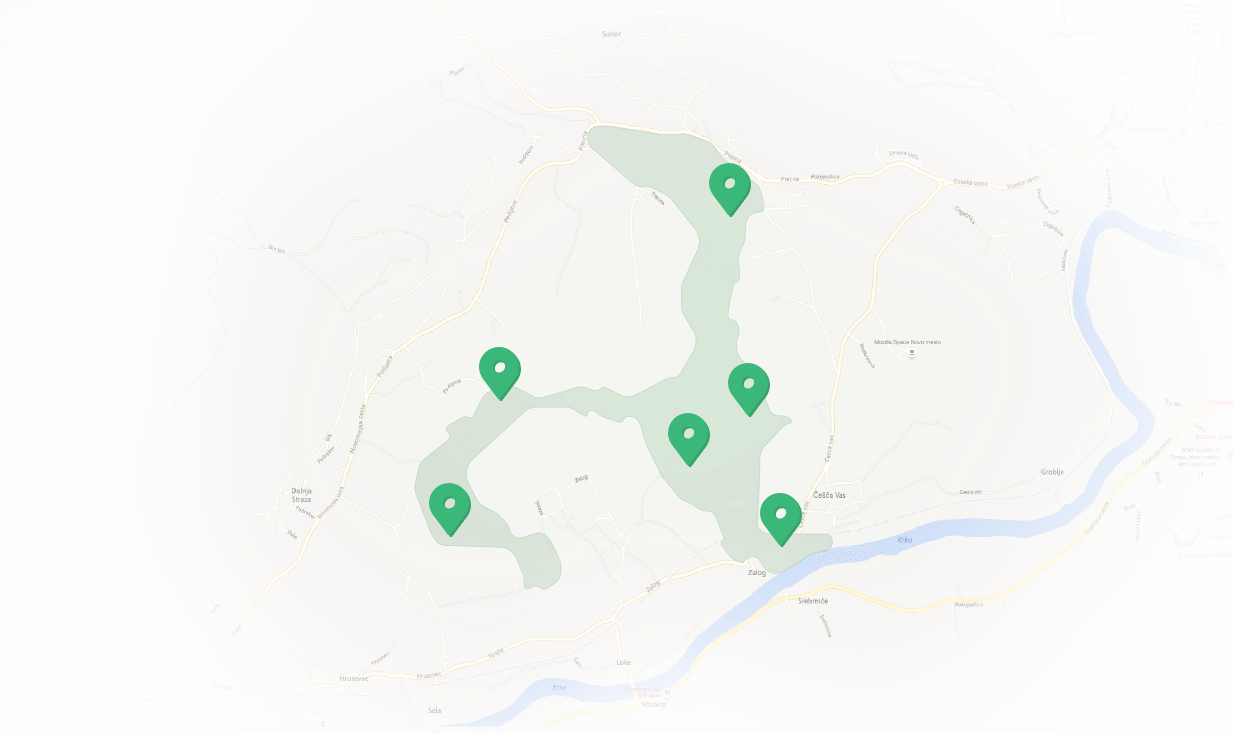Curlew Numenius arquata

Features
The curlew is the largest of the birds that we associate with a large group of waders. It measures 48 to 57 cm including a 9- to 15-cm-long curved beak. The females are slightly larger than the males and have a longer beak. The wingspan measures between 89 and 106 cm.
| Species | Bird |
| Living space | Lake, Meadow, Rivers, Shore, Swamp |
| Size | 48 -57 cm |
| Weight | 730 g |
Description
The curlew is an inconspicuously coloured bird on long bluish grey legs that blends well with the surroundings with its uniform pattern of dark stripes and lines on a grey-brown background. During flight it reveals a white rump that stretches to the back and a white belly and dark, almost black ends of the wings. The shape of the beak is such that it can be easily stuck into the soft ground, where the curlew searches for its favourite food – earthworms. A large part of its diet also consists of insects, mainly beetles and locust, but it also likes crustaceans, molluscs, spiders, and occasionally fish or some other small vertebrate. Occasionally, it also eats berries or seeds. The curlews are migratory, from April to July most of them return from warm places to their breeding areas. From April to July, individual couples mainly nest on marshes, open grazing land, and extensive cultivated, mainly wet and marshy meadows. Between July and November, the curlews fly to warm places where they winter. In winter, they like to stay near water, especially by the sea, as well as by the lakes and rivers inland. During winter, they gather into small flocks that search for food there. They like to sleep in larger flocks in group accommodations. In Slovenia, they still nest in some places, but are considered a critically endangered nesting species here.Curlew
on the habitat Temenica
It is present from April to October, migrating to the south in winter.

Features Temenica (3)
SPECIAL ogr.




